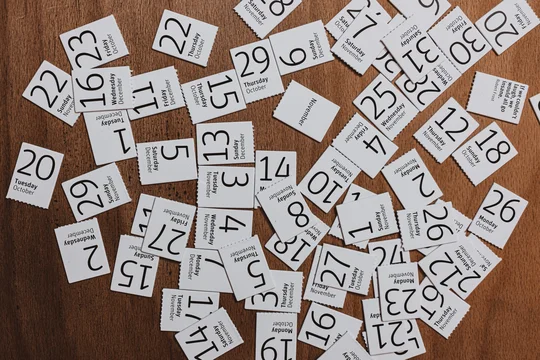I know that I promised a hard-hitting post on infringement stats in ANDA cases, and I was really going to post the update this time—really! But then the very first case I read had a neat issue that deserved a post on its own. We can only hope I remember to get to it next week.

In the meantime, today I have the rare case where the Court actually granted an adverse inference as a discovery sanction.
Central to infringement in Novartis Pharms. Corp v. MSN Pharms Inc., C.A. No. 22-1395-RGA, D.I. 523 (D. Del. July 11, 2025), was a factual issue that is only of interest to analytical chemistry nerds. Which I am. So here it is . . .
(Eds. Note—Nate went on for 3 pages here about crystal structure. It has been removed. You are all welcome)
. . . hence why the statistical mechanics of glasses present such a thorny computational problem.
Anyway, the substance at issue—amorphous TVS—is apparently both hard to make and to identify. So the plaintiff's expert made some and used that to create a spectrum which could be compared to the spectra of the defendants' ANDA products to confirm that they were the same.
But, the parties disputed whether the plaintiff's expert had actually created the right substance, and thus whether a match to the defendant's ANDA product proved anything at all.
This brings us to that adverse inference. Earlier in the case the defendants had requested samples of Novartis' amorphous TVS. Novartis claimed they didn't have any, and thus refused to produce it. When their expert later wrote his report discussing how he made his sample, a different defendant moved for an adverse inference.
Judge Andrews granted the motion at the pretrial conference, noting Novartis' failure to supplement to the RFP response once the substance was made:
I'm thinking of finding that there was a discovery violation in regards to Novartis giving an answer and then not updating it, assuming that the answer was correct at the time it was given, which I'm not actually sure that that's the case. And not excluding the testing that Dr. Matzger or Dr. Park did, but including -- or -- but taking an adverse inference from the failure to produce it.
Id., D.I. 1667 at 31:21-32:4.
Eventually, the defendant that brought that successful motion settled their case. But, as Judge Andrews noted in the post-trial opinion, the adverse inference lived on:
I think this adverse inference applies not just in relation to Noratech, but to MSN, too. Novartis argues that the adverse inference should not apply to MSN's case. While true that MSN was not the party that sought production of Dr. Park's glassy solid, this is discovery common to both Defendants. Indeed, the Scheduling Order says, "The parties shall coordinate activities to reduce duplicative and cumulative discovery that is common to all Defendants." Dr. Park created a Raman spectrum from her glassy solid that was used by Novartis to show that both Defendants' ANDAs infringe. The Defendants would have had their shared expert witness, Dr. Mccreery, test Dr. Park's glassy solid. Novartis points out that MSN never made a glassy solid, but MSN wished to test Dr. Park's glassy solid, the material against which its ANDA was compared. I thus think it is appropriate to take an adverse inference against Novartis for failing to produce Dr. Park's glassy solid to Noratech.
Id., D.I. 523 at 21 (internal citations omitted).
Ultimately, Judge Andrews found that the plaintiff had not proven that their expert had actually created amorphous TVS, relying on both the adverse inference and the spectroscopy issues discussed exhaustively above:
The unreliability of Novartis' reference Raman spectrum, combined with an adverse inference due to Novartis' failure to produce the glassy solid sample reflected in the reference Raman spectrum, leads me to conclude that Novartis did not meet its burden to show MSN's ANDA infringes by a preponderance of the evidence
Id. at 22.
If you enjoyed this post, consider subscribing to receive free e-mail updates about new posts.
